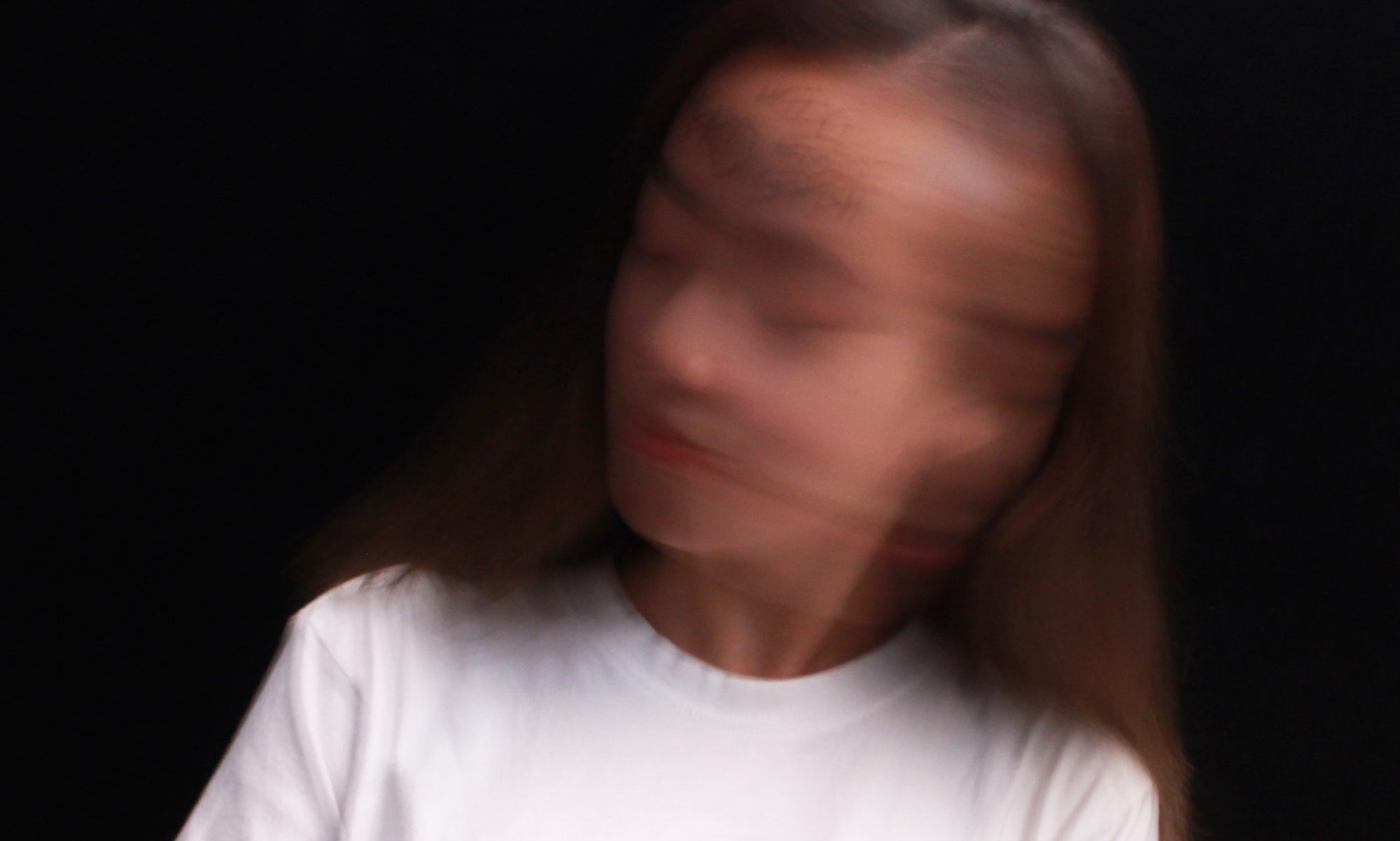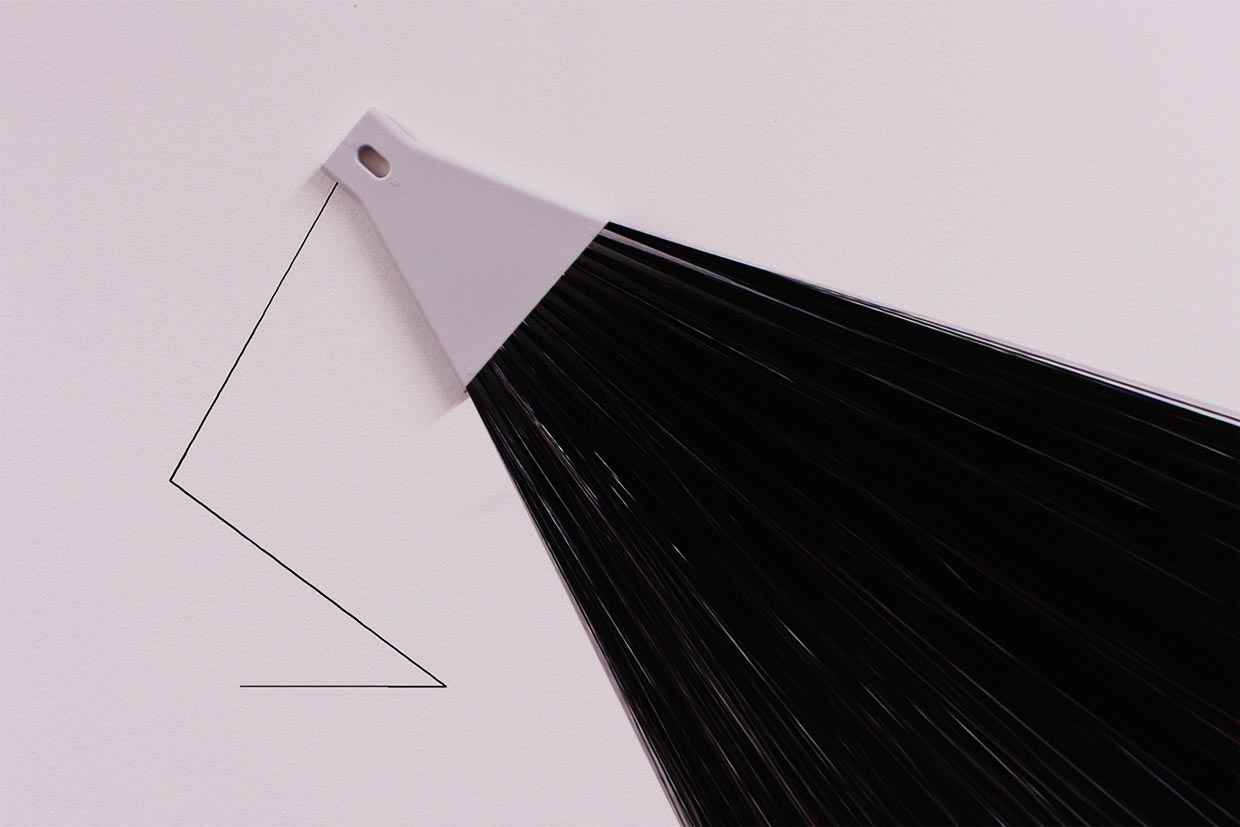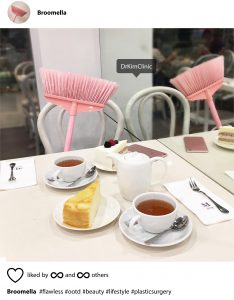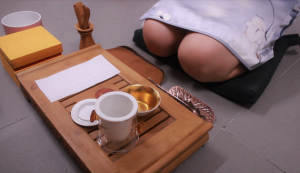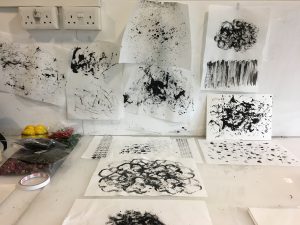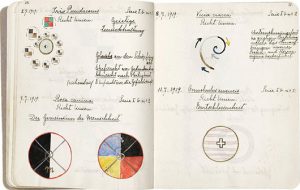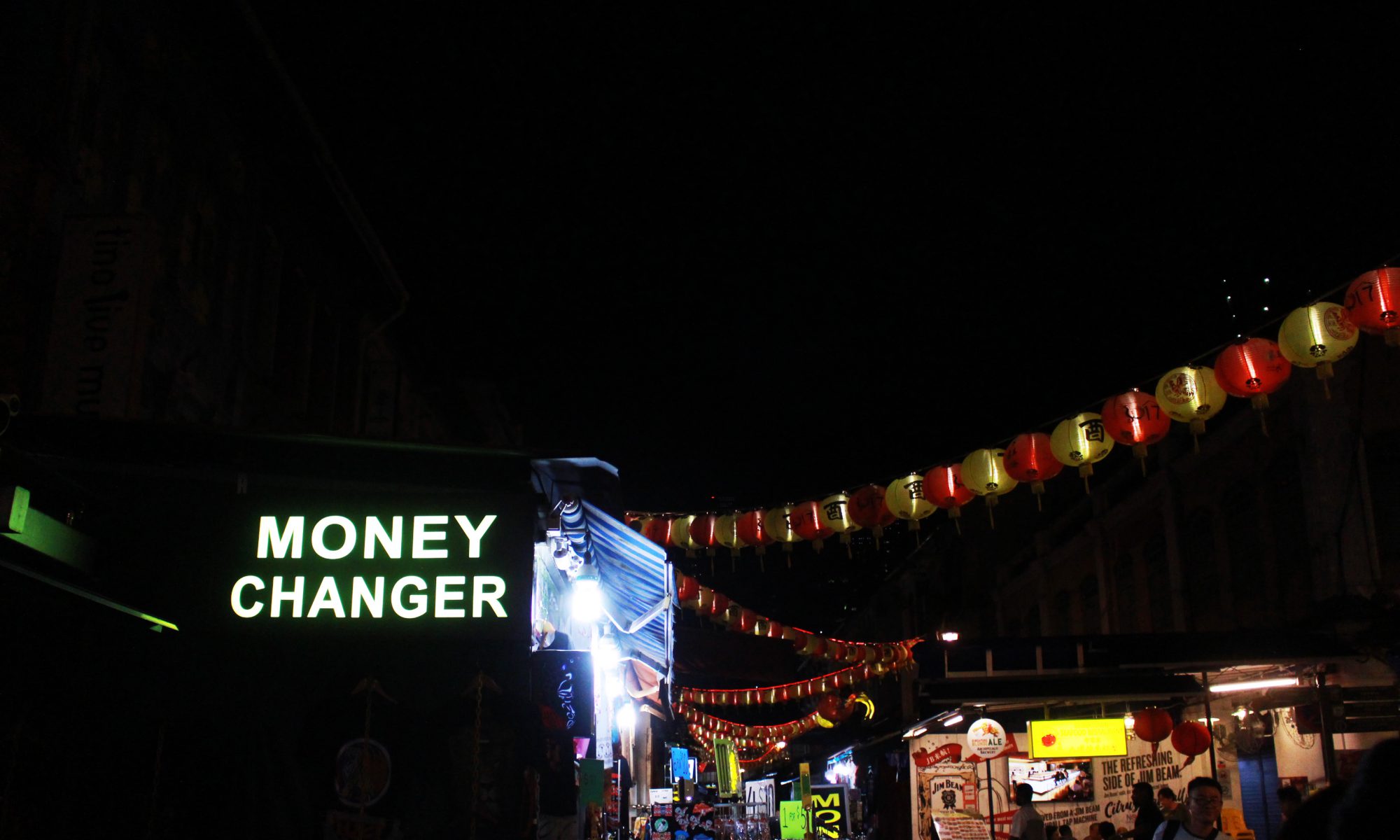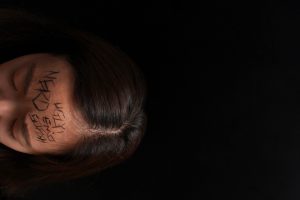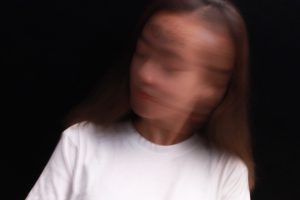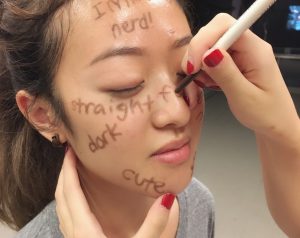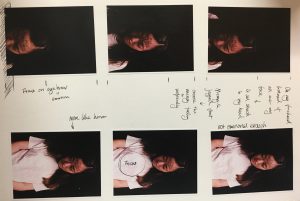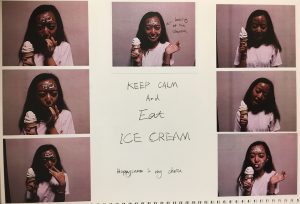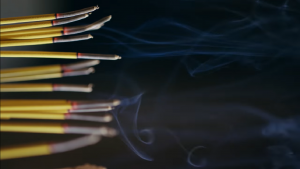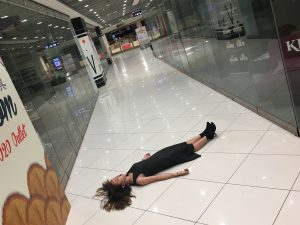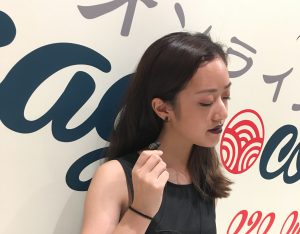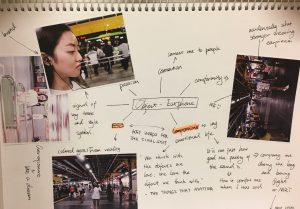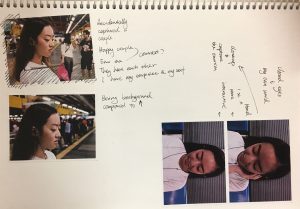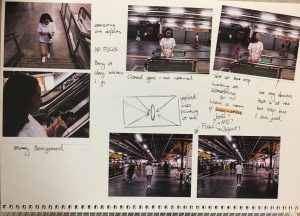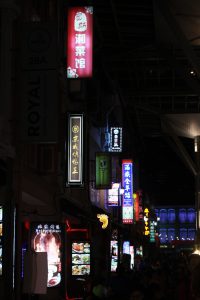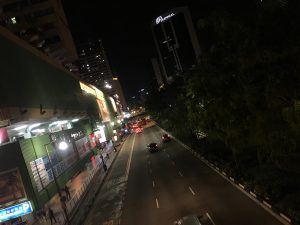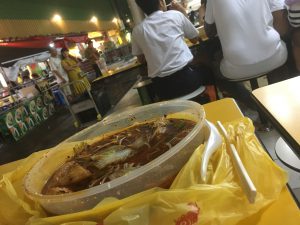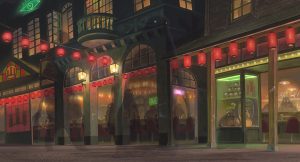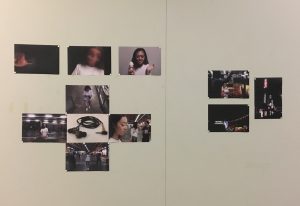PROJECT BRIEF
TASK1: Convey the assigned object as a literal sign in 3 images.
TASK2: Subvert the object’s meaning and convey it as a symbolic sign in 3 images.
TASK3: Select 1 image from task 1 or 2, and create an A2 poster with this image.
TASK1: DENOTATION
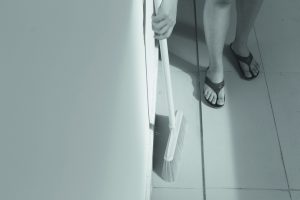

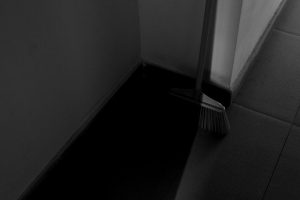
The object I was assigned to is broom. As we all know, broom is a cleaning tool. It is simply formed with the broomstick, the head, and fiber. There are various types of broom, such as soft broom, hard broom, angle broom, desk broom and etc. In this project, I used two types of common brooms, which are soft broom and desk broom.
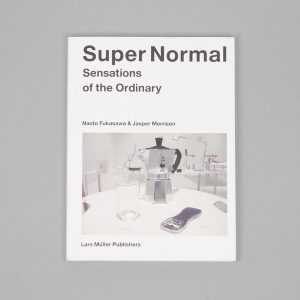
https://i.pinimg.com/originals/2e/f8/69/2ef8692371e13941262845f10d88ccb8.jpg
Firstly, convey the literal meaning of broom in an eye-catching way is difficult, as this object is too normal to be appreciated to a certain extent. This reminded me a book that I browsed through years ago, called “Super Normal”. The designers Jasper Morrison and Naoto Fukasawa have compiled 204 everyday objects in search of super normal design. They believe that the normal objects exist in the here and now, it is easy to appreciate those as we just need to open our eyes. Similar concept applied to the broom. We just need to open our eyes to observe the life of broom.
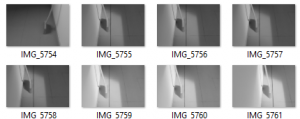
Task 1 is a series of images that tells the daily life of a broom. It started from the morning to the night. The broom was waited to be used in the morning when the light shined on it. Then it got dirty with dust and hair. At night, it stayed in the corner and is nearly invisible in the dark. This scenario is commonly seen daily, and nearly no one pays attention to it. This series is to bring our attention to the super normal object around us and make it beauty visible.
I purposely kept the elements in the composition simple. Only what is needed is used. For instance, in the first photo, there r only the hand and foot of the user which is enough to show the interaction. Showing the body and face of the user might be distracting since our focus should be more on the object. Further, the second photo is a close up to the fiber and dust on the broom with a vertical and horizontal tile lines to represent the floor. Lastly, grey scale is chosen for this serious to minimise the elements. Only value is used to form images. Minimise the elements help the viewers to focus more on the main character, broom here.
TASK2: CONNOTATION
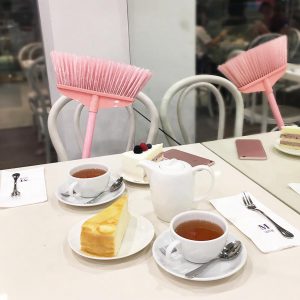
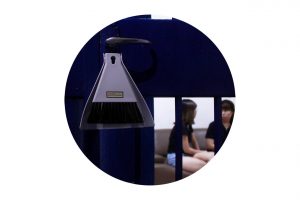
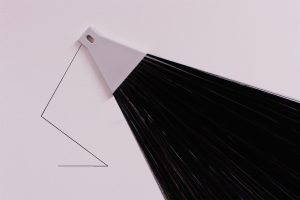
The three final images were done in different approaches, which I will further explain in the following paragraphs.
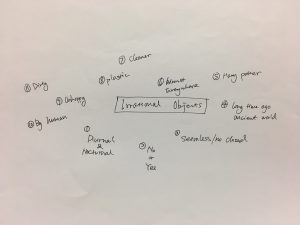
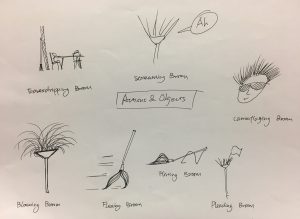
Task 2 was started with some in-class exercise to brainstorm the ‘new characters’ for the broom, as shown in the photos above.
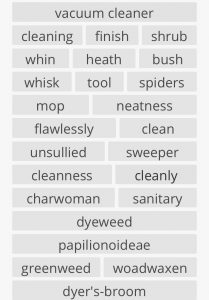
In order to further explore, I used a website, http://relatedwords.org/ to find out the related words for more inspiration. The word “flawlessly” caught my attention. An Instagram scene flashed in my mind that a fancy broom was having high tea and taking photos to post on her/his Instagram. According to research, 68% adults touch up their photos before sharing them. It seems like people only wanna show the flawless side on their social media. This became the first concept in Task 2.
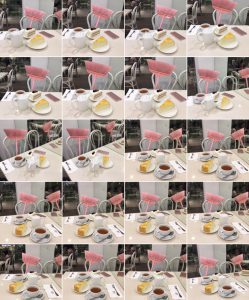
Numerous photo was taken at Lady M to achieve the best angle that meets the “Instagram standard”. The table was set for two, which is like two friends are having afternoon tea. Editing was done to blur the background, and remove the flaws.
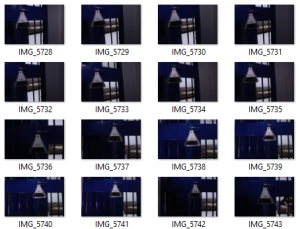
For concept 2, I research on the meaning of broom in Chinese culture as it relates to me the most. There are many meanings of broom in Chinese culture. One is that broom is used to cleanse the body of bad luck. Hence, the desk broom is a metaphor for the lock that keeps the bad luck outside of the residence. In addition, the photo is in a circular frame because circle means harmony and perfect in Chinese culture.
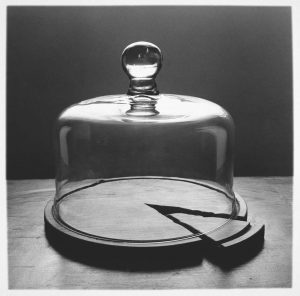
The last concept was inspired by photographer Chema Madoz. He creates composition only for the purpose of photography. It requires viewer’s participation in order for the photo to be complete. His photos lead the view to think.
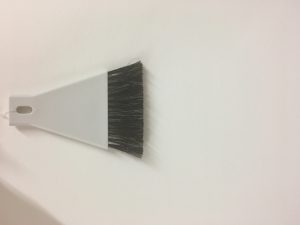
In the last image, I used the desk broom. My intention is to create a lamp of darkness. The hair of the broom is stretched. The broom here seems like the lamp with dark light which is unconventional. It gives the viewer room for imagination. My personal interpretation is that I always stay up and do my work at night to rush for deadlines. It is like turn on the darkness when I turn on my lamp to do my work.
TASK3: TEXT & IMAGE
The first photo from task 2 was chosen for the A2 poster. Several texts were added in the poster to clarify and emphasize the purpose of the poster.
Firstly, the Instagram look alike layout is a signifier which signified that the poster is an Instagram post. It requires the pre-knowledge of the viewers to understand. The account owner Broomella is an influencer that has infinity likes for this post. We learned the meaning of infinity symbol to understand it represents infinity likes here. Moreover, the hashtag here denotes that this post is about plastic surgery, while the text “DrKimClinic” connotes Korean.
ALL IN ALL
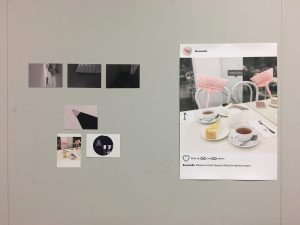
This project is challenging as it is the first time I am subverting the meaning of an object. Some of the photos require photo editing skills, while some photos need to be done off campus. Further, some photos can be improved, for instance, there are too many things need to be unpacked for the Chinese culture broom image. It required too many pre-knowledge from the viewers. Hence, I will take more considerations of the viewers in the future projects.
REFERENCES
Related Words, “broom” accessed September 14, 2017, http://relatedwords.org/relatedto/broom
Fstoppers, “68 Percent of Adults Edit Their Selfies Before Sharing Them With Anyone.” October 30, 2015 https://fstoppers.com/mobile/68-percent-adults-edit-their-selfies-sharing-them-anyone-95417
Xing Fu, “CHINESE BELIEFS ABOUT BROOMS” accessed September 14, 2017, http://shuangxingfu.blogspot.sg/2008/04/chinese-beliefs-about-brooms.html
Famous Photographers, “Chema Madoz” accessed September 16, 2017, http://www.famousphotographers.net/chema-madoz
